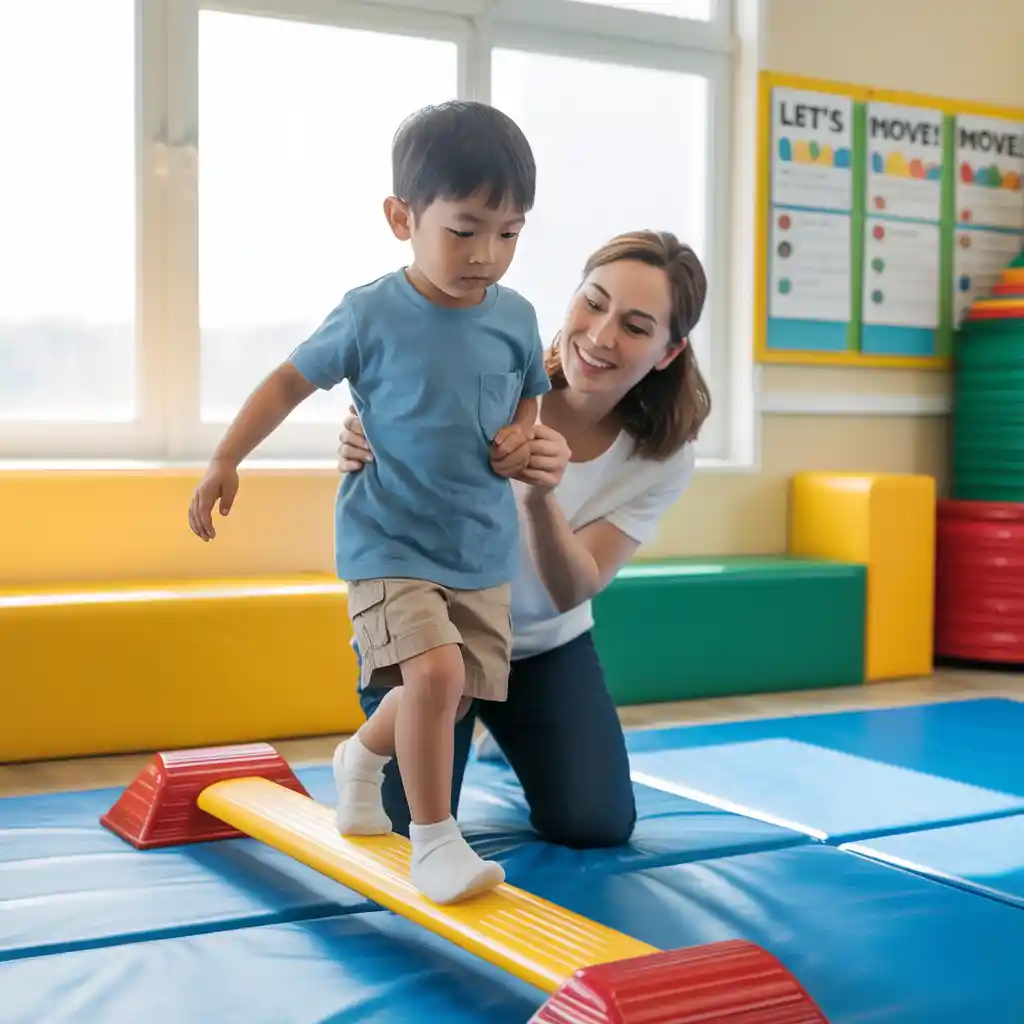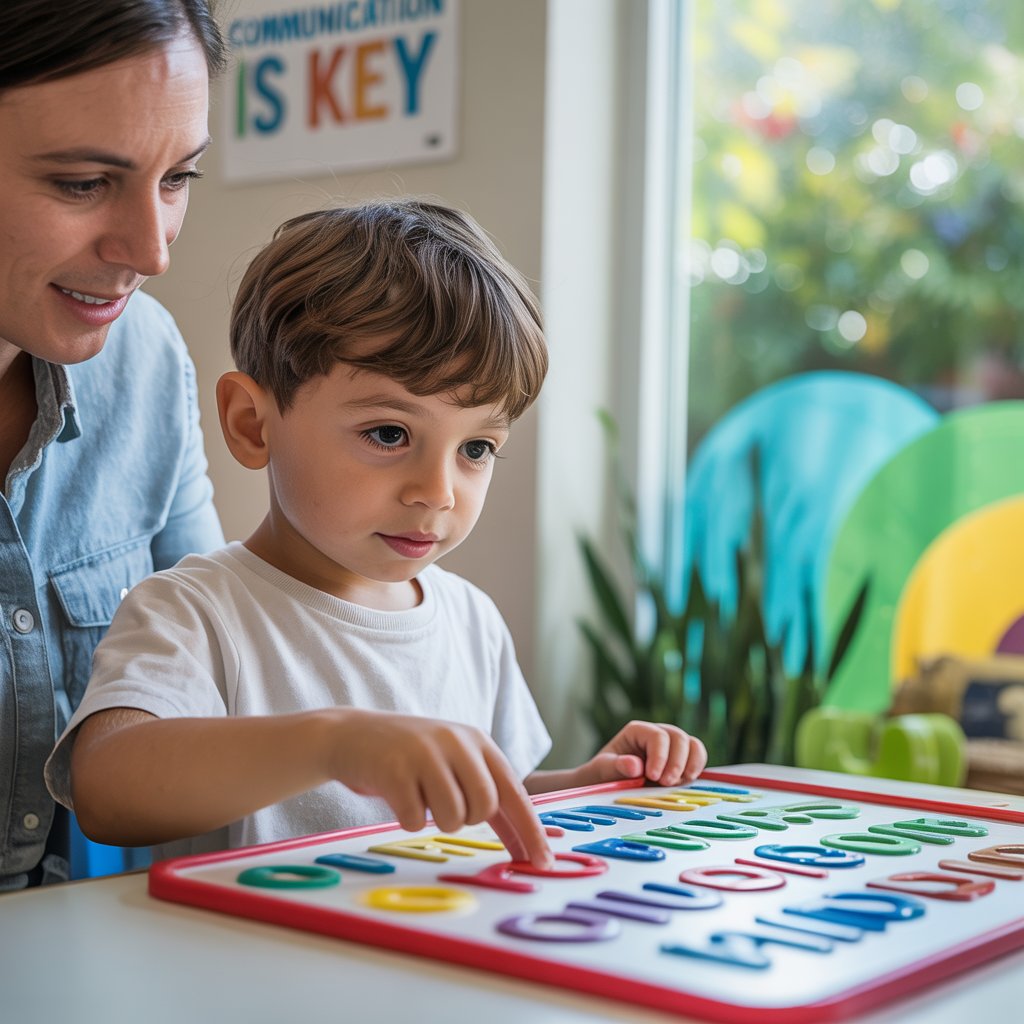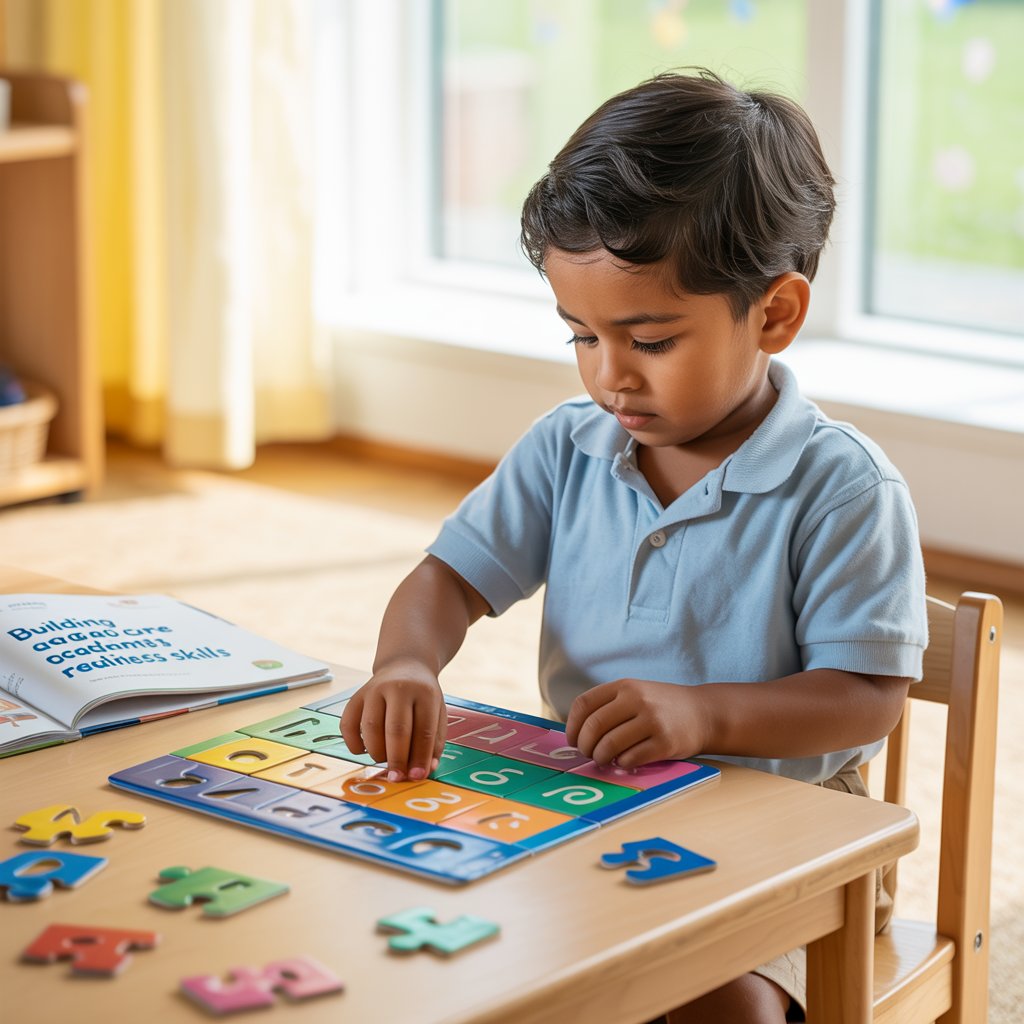When to Worry About Motor Skills: A Parent’s Guide

Standardized evaluations for gross motor development
Kids with ADHD and autism often struggle with movement skills that most parents take for granted. But how do you know if your child's motor skills are truly delayed? Standardized tests provide clear answers.
The Bruininks-Oseretsky Test of Motor Proficiency (BOT-2) is the gold standard. It measures everything from running speed to balance to coordination. Think of it as a comprehensive physical for your child's movement abilities.
The Movement Assessment Battery for Children (MABC-2) focuses specifically on catching, throwing, and balance skills. It's particularly good at identifying developmental coordination disorder, which overlaps frequently with ADHD and autism.
The Peabody Developmental Motor Scales (PDMS-2) works great for younger kids (birth to 5 years). It breaks down skills into reflex development, stationary abilities, locomotion, object manipulation, and more.
Key developmental milestones to monitor
Parents, you're the best early warning system. Keep an eye on these milestones:
By 12 months:
- Walking with assistance
- Standing independently
By 24 months:
- Running (even if awkwardly)
- Kicking a ball
- Climbing onto furniture
By 4 years:
- Hopping on one foot
- Throwing a ball overhead
- Pedaling a tricycle
By 6 years:
- Skipping alternating feet
- Catching a small ball
- Balancing on one foot for 8+ seconds
Red flags include persistent toe-walking, extreme clumsiness, avoiding playground equipment, or asymmetrical movements.

When to seek professional evaluation
Don't wait and see if:
- Your child misses multiple milestones by several months
- Motor skills suddenly regress
- Your child avoids physical activities entirely
- Teachers mention coordination concerns
- Daily activities like dressing or eating are impacted by poor coordination
Most parents sense when something's off. Trust that instinct. Early intervention makes a massive difference in outcomes.
Who to consult? Start with your pediatrician, who might refer you to a developmental pediatrician, pediatric neurologist, occupational therapist, or physical therapist.
Differentiating between ADHD-related and autism-related motor issues
ADHD and autism affect movement in distinctly different ways:
Kids with ADHD typically struggle because they can't slow down enough to plan movements. Their bodies move before their brains finish processing what to do.
Children with autism often have fundamental differences in how their brains plan and execute movements. Their challenges persist even when highly motivated and focused.
Many children have both conditions, creating complex motor profiles that require individualized assessment and intervention approaches.







